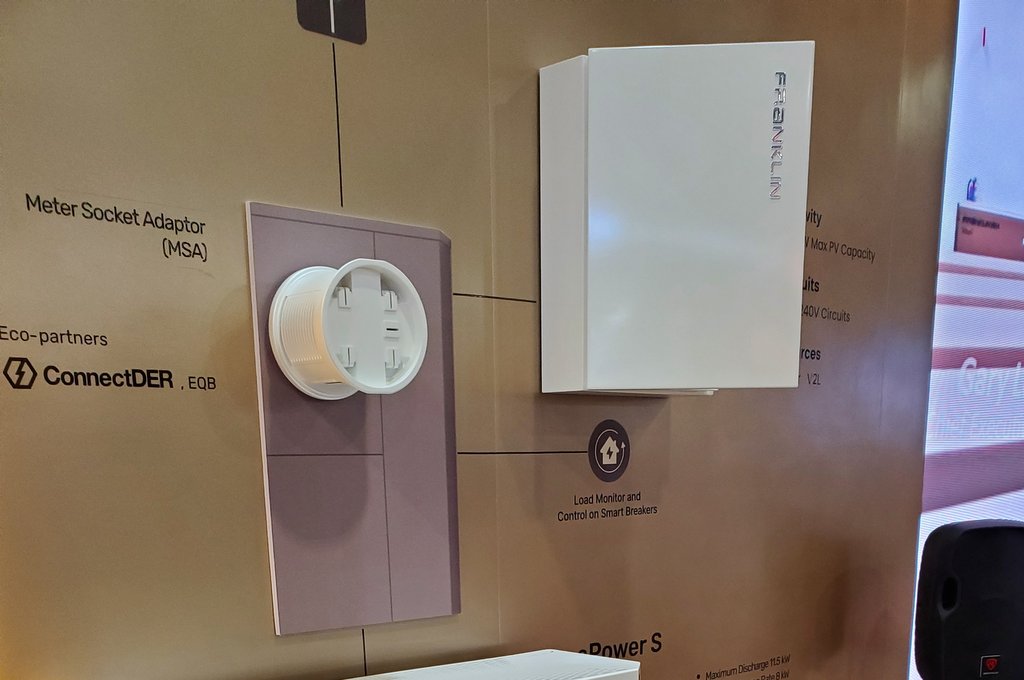Net metering vs. demand charges: The latest news in an endless regulatory debate
Net metering around the country
Illinois
Illinois legislators voted to pass energy legislation without anti-consumer, anti-solar proposals like mandatory demand charges and ending net metering, and will revise the state’s Renewable Portfolio Standard (RPS).
The removal of demand charges and reinstatement of net metering in SB 2814 happened in the wake of a backlash from the public and consumer advocates, including Governor Rauners office, calling demand rates insane rates. The fix to the states broken RPS will increase the share of power coming from renewable sources, like wind and solar. While current target stays 25% by 2025, the RPS includes a provision that requires new generation to be built to meet the goals. The RPS will now also include provisions to ensure a mix of utility-scale wind and solar, community solar, and rooftop solar will all be required to meet the 25% target. Prior to this agreement, Illinois was meeting the criteria of its less-audacious RPS goals by investing in clean energy projects being built by neighboring states. Illinois was not only sending money to help grow the economies of other states, but it was also missing out on countless clean energy jobs and economic growth in-state.
Exelon and ComEd withdrawing demand charges is part of a growing trend across the country. In the past two years and across 14 states, all proposals by investor-owned utilities to implement mandatory demand charges on all residential or solar-only customers have failed. Exelon and ComEd would have been the first utility in the country to mandate residential demand charges on all customers by way of legislation.
Florida
Following a decisive, solar choice victory on election day, the Florida Public Service Commission unanimously approved a comprehensive four-year rate settlement agreement developed jointly by Florida Power & Light Company, the state’s Office of Public Counsel and major customer advocacy organizations. The agreement is expected to keep FPL’s typical bills lower than they were in 2006 through at least the end of 2020.
The forward-looking agreement positions Florida for a significant expansion of solar energy, enabling 1,200 megawatts of new solar capacity. FPL will be allowed to adjust base rates to accommodate up to 300 megawatts of new solar capacity annually during the agreement’s four-year term. Each proposed solar project must be determined to be cost-effective – meaning the base rate impact is expected to be offset by fuel and other benefits so that the project produces a net savings for customers over its operating lifetime.
The deal also encourages a 50-megawatt pilot program to expand on FPL’s battery storage initiatives to enhance operations of existing and/or planned solar facilities, among other potential benefits. Cost recovery would be included in FPL’s next base rate proceeding so the program would not impact rates until 2021 at the earliest
FPL’s typical 1,000-kWh residential customer bill is about 15 percent lower today than it was 10 years ago; and under the approved agreement, it is projected to remain below 2006 levels based on the company’s current projections for fuel and other costs through the year 2020. FPL’s typical residential bill will also continue to be among the lowest in the state and nation, according to the latest available utility bill comparisons.
The agreement will maintain the current level of the fixed residential customer charge, which is a part of base rates, through 2017. For a typical 1,000-kWh residential customer bill, the estimated base adjustments are:
• In 2017, an increase of about $5 a month or less than 17 cents a day on the base rate portion of the bill
• In 2018, an increase of less than $2.50 a month or 8 cents a day on the base rate portion of the bill
• In mid-2019, when the FPL Okeechobee Clean Energy Center begins powering customers, an increase of about $2 a month or less than 7 cents a day on the base rate portion of a typical bill to cover the cost of the new plant, partially offset by a reduction in the fuel charge
Annually from 2018 through 2021, relatively small rate adjustments for new solar energy centers would have an average net impact of less than 50 cents a month or 2 cents a day on a typical bill, depending on the actual amount of new solar capacity completed in a given year. Importantly, the solar capacity additions would result in no net increase to customer costs over the life of each project because the plants would generate savings on fuel and other costs that would begin offsetting the base rate impact immediately, with the offset increasing over time.
Utah
Following the example of its backward-thinking neighbors (see: Nevada, Arizona), Utah’s investor-owned utility Rocky Mountain Power (another Berkshire Hathaway Inc. subsidiary), has proposed a series of fixed charges on rooftop PV owners, which would have similarly disastrous effects on the rooftop solar industry in that state.
Under its plan, residential panel owners would be subject to three monthly charges: a $15 fixed fee, a $9.02-per-kilowatt-hour levy on consumers’ peak monthly electricity use and 3.81-cent-per-kilowatt charge on total energy use. It also proposes a $60 fee for residential solar applications.
Instead of writing a conclusion that sums up this article, I’m just going to let it fade out here, because as the above shows, this debate will seemingly never have a conclusion.





Hey Robin, this is an interesting report on the demand rates and net metering issue. it can be good info for the community to understand going forward. let me know what you think. can you post it to the SH site for others. I have issues getting access.?